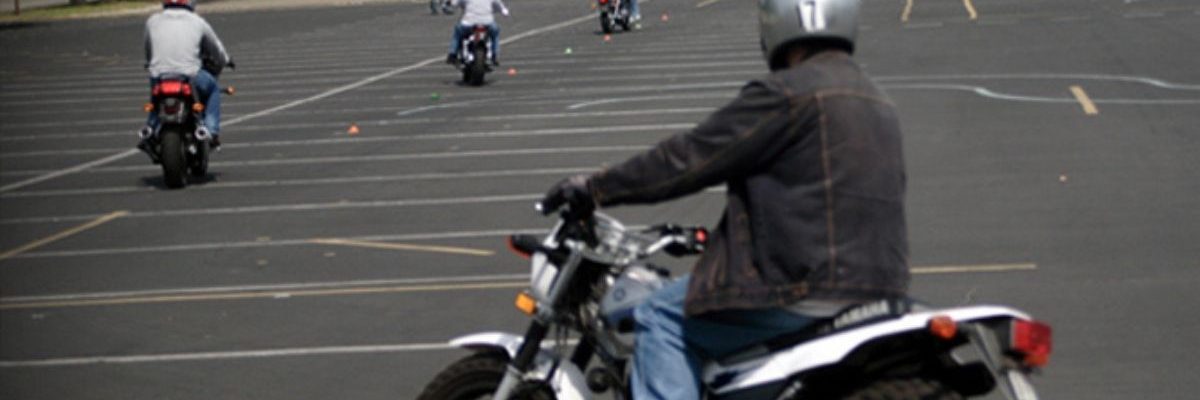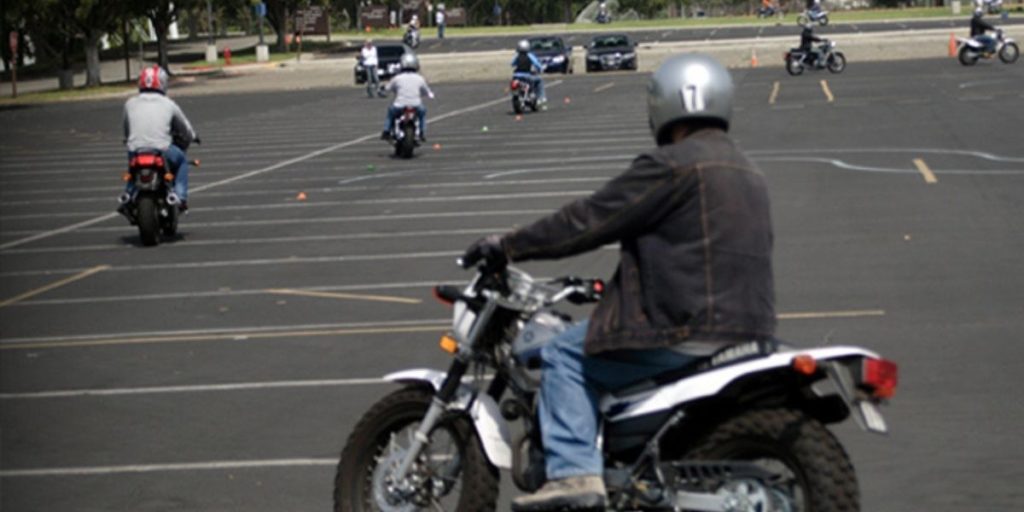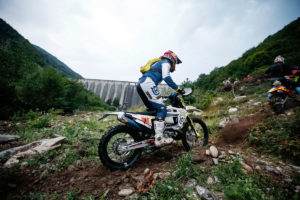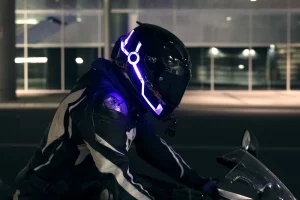Bike riding seems easy, but it requires a lot of focus and determination. Bike lovers start riding when they see the first bike in their house that belongs to any family members and secretly try to learn to ride it. Some people are passionate about riding motorcycles and aim to make it their profession.
While some do it to have fun with their friends and don’t expect to become experts, those who plan to gain expertise in it look for training sessions from professional trainers and spend a lot of their time and effort learning about bike riding.

Contents
Elementary Education
Back in the old days, rider education was meant to be nothing. You got to know how to ride on bikes on your own or with the help of any of your uncles. You might have gone to a marketplace where you have bought a motorbike, but you might have gone confused about how to ride it as a newbie.
However, at that time salesman hold the knowledge of riding a motorbike. Furthermore, they were the only ones to give insight into the ways one can ride a motorcycle. Or else you would have to learn it on your own or from the other owners. The training was not fully competitive nor complete and sufficient to ride on roads with complete safety. Many resources available today help you with your lifelong learning.
Suppose you want to learn to ride a motorcycle but have no experience with them. You have no idea how a motorcycle’s controls function, and you have no relative who can guide you. Thousands of dollars spent on a motorcycle, and you don’t know how to ride it seems like a wastage of money.
Learning Courses
To obtain a fundamental grasp of how a motorbike works, go through how to ride a motorcycle if you’re beginning from scratch. All you need to do now is obtain your learner’s permit and enroll in a course. The course offers small, lightweight assignments for you to learn bikes.
Taking the MSF course has numerous benefits. It is free in some states, but even if you have to pay, it is less expensive than any other form of training. In many cases, if you complete the course, you will receive a motorcycle endorsement on your driver’s license without having to take any additional tests. In addition, you may qualify for an insurance discount.
Skilled Coaches
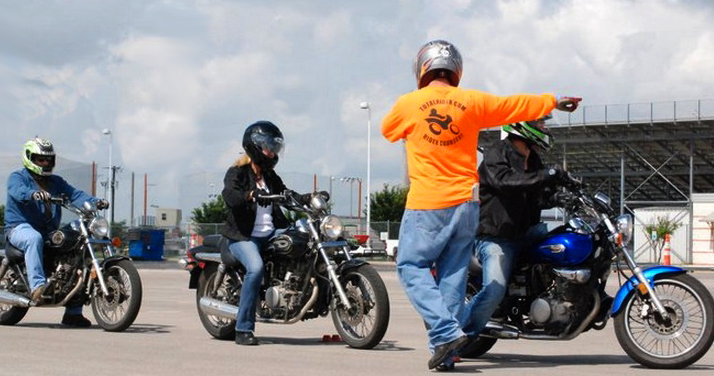
If you are thinking about learning to ride from a family member or any friend, it is never a bad option, but still, there will be some loopholes that will be difficult to fill. The terms “experienced” and “skilled” are important terms that play a role in learning and are not the same. Many riders have been riding for 20 years, but they have just repeated the same first-year mistakes 20 times instead of progressing in their skills.
How would you know if your uncle, experienced for 20 plus years, is offering you excellent advice or a risky one as a novice rider? Furthermore, studying from someone you know introduces personal feelings and relationships into the process, which can be beneficial and a loss.
Being skilled at something does not automatically imply that one is good at teaching it. So many times, you start learning from someone you know and over a small argument, and you give up. Plus, telling your insurance company that your family trained you won’t get you a discount, and the Department of Motor Vehicles won’t allow you to skip the riding exam.
Secondary Education
You completed the basic course, obtained your driver’s license, and purchased a motorcycle. But don’t believe your schooling is over. It’s one thing to be able to get a motorcycle moving down the street; it’s another to be able to ride it well. There are numerous options. Keith Code’s A Twist of the Wrist, which has now been updated in DVD form, has long been a favorite of racers and sport riders. In addition, books like Ken Condon’s Riding in the Zone and David Hough’s Proficient Motorcycling series can help you improve your street riding skills.
The MSF has considerably increased its course offerings in response to the requirement for continual education. For example, the Street Rider Course 1 and 2 expand on the Basic Rider Course by getting you out of the parking lot and onto the street.
The Advanced Rider Course improves your riding technique while sharpening your skills at spotting and avoiding risks to make you a better driver. Some cities also offer private instruction for riding is also available.
Practical Knowledge
You attend college to learn more about the topics that interest you and improve your critical thinking skills beyond what you learned in high school. If you’re serious about riding motorcycles, you’ll also need some advanced riding training to become an expert and cover the remaining flaws.
If you’re a brand-new rider, know that this isn’t something that can be done anytime soon. However, these are choices to think about if you’ve completed the schooling mentioned earlier and have been riding for at least a year. You can then start thinking about moving on to the next level.
Motorcycle Riding Schools
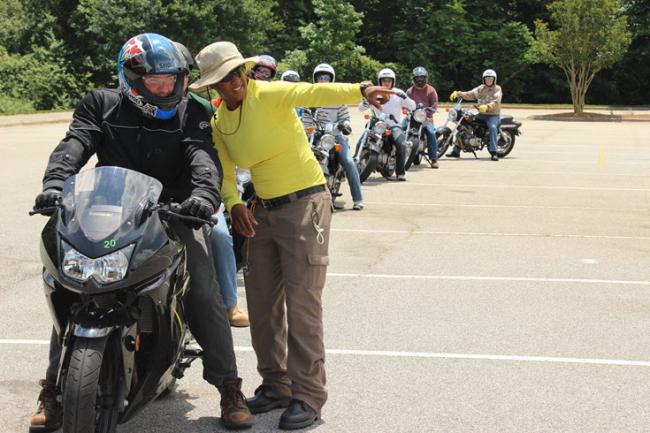
Suppose you are a sportbike rider who can afford it, a school just like our Yamaha Champions Riding School that includes a motorbike, meals, and instruction, or a program like Jason Pridmore’s Star Motorcycle School. These allow you to ride your bike and so can be the most intensive learning experience you’ve ever had on two wheels.
If the expense of these schools is out of your budget, look into attending a track day. In many situations, a track day’s Novice class also incorporates some basic riding abilities and methods. You won’t get the luxuries of the expensive schools, such as catered lunches with top racers.
Riders on the street and off-road can take specialized courses to improve their skills. For example, Stayin’ Safe Advanced Rider Training, which goes afar with versatile riding techniques, helps teach street riders how to increase awareness. This training also helps spot and predict upcoming hazards, and with the RawHyde Escapade Training, which teaches you how to take that adventure-touring motorcycle off the pavement and into a much larger world.
Mistakes to Avoid While Riding a Motorcycle
Lever for the Clutch
Your gear and clutch lever are linked. A new rider believes that he will have more control if he squeezes the clutch lever and solely uses the brakes. However, except at very low speeds, when you want to come to a complete stop, the engine must always be engaged so that you do not lose control of the motorcycle and reach the proper speed.
The Kickstand
Motorcycles are built to prevent you from riding with the kickstand open, unsafe when leaning. When you go into first gear, the bike’s ignition is turned off, and it shuts down. It’s for your good as you can now proceed by folding the kickstand.
Maintenance
You are solely responsible for maintaining your motorcycle. Follow the directions in the user handbook for your bike, including oil changes, drive chain, brakes, liquids, and tires, which should be in good shape and filled to the appropriate tire pressure.
Inappropriate Speed
When you first start, you should go slowly but at a safe and comfortable pace. You’ll eventually feel more at ease at faster speeds, but you must always adhere to the speed restrictions. You should also avoid driving too slowly on highways.
Stalling
Stalling is one of the most difficult problems to overcome while driving a motorcycle with a conventional transmission. To avoid the engine from suddenly halting owing to a lack of torque, you must gradually synchronize the fuel flow while adjusting the clutch. After that, it’s just a matter of getting used to the clutch lever’s and the throttle’s feel.
Inappropriate Gear
When you come to a complete stop, you should be neutral, but you should start in first gear when you wish to move. When riding on highways at high speeds, you should shift to second, third, fourth, fifth, or sixth gear as you accelerate.
It is recommended that you choose your gears carefully when riding in the city because the engine accelerates faster if you want to move forward with more energy. Conversely, when you wish to slow down, you should lower the ratios so that the engine can assist in maintaining control of the motorcycle.
Final Verdict
As a novice rider, you might face hurdles and problems while riding your bike. Don’t expect to become a pro just in few days of practice. Smart riders understand that accepting that learning never stops the greatest approach to reach that aim because you are always in a learning phase no matter how experienced you get.
You cannot compete with a professional rider in a day or two, but you can learn a lot from an experienced rider. You might make little mistakes. It is important to avoid such mistakes to prevent any accidental situations. If you observe your seniors closely, you can grow better and can avoid such silly mistakes.

